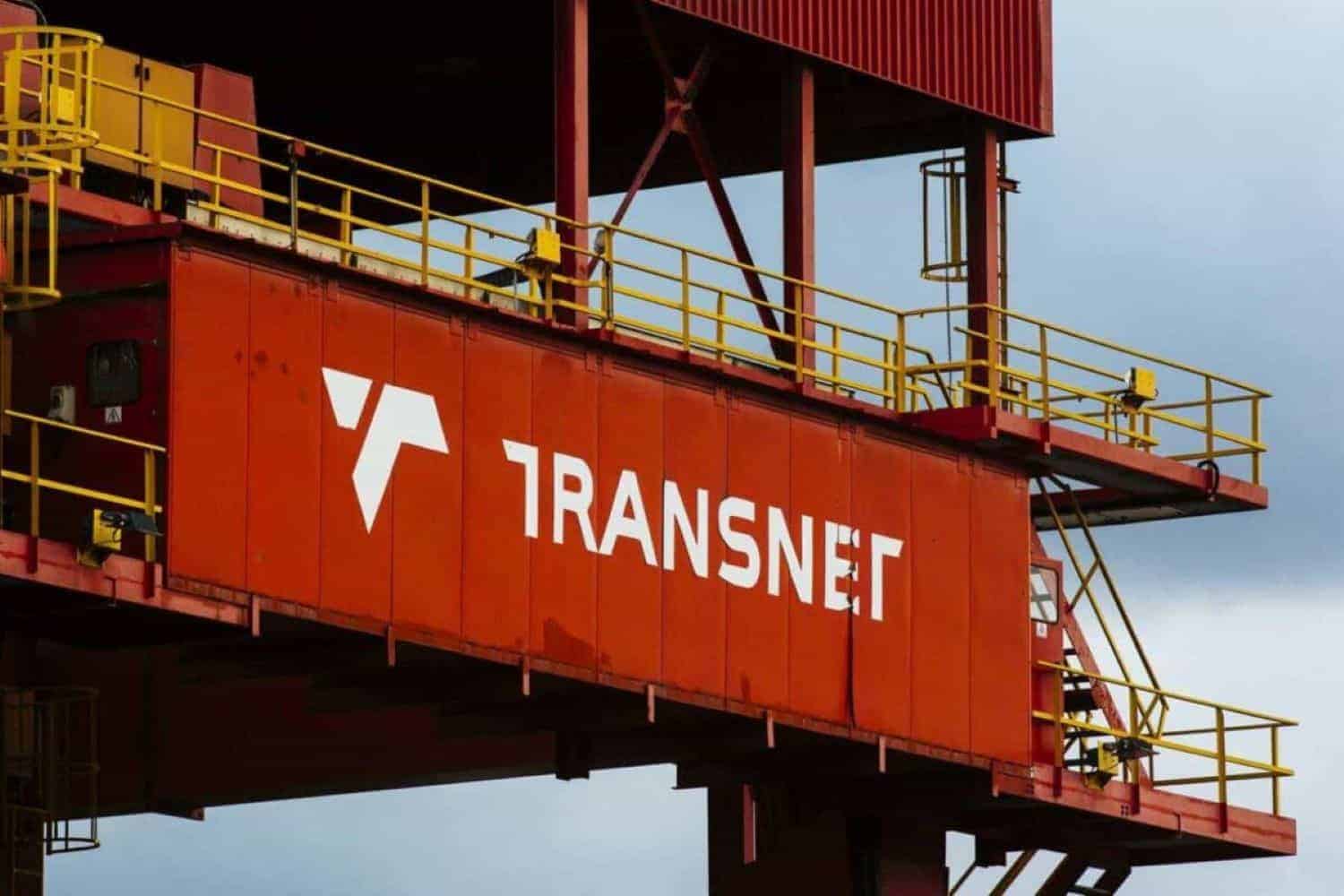The JSOC is vital to making SA attractive for investment and creating jobs.

Picture: Getty Images
SA has gone 43 days without load shedding and Transnet’s rail and port performance is on the mend. All going well, load shedding may be history by the end of 2025.
That’s largely the result of the collaboration between business and government, known as the Joint Steering Oversight Committee (JSOC), which was launched 11 months ago to pull SA back from the brink of economic implosion.
ALSO READ: ‘Not out of the woods yet’: Transnet says phase 2 of recovery plan is underway
It was launched under the president’s office at a time when load shedding was a daily occurrence and Transnet’s rail performance had regressed to post-World War 2 levels.
A JSOC update on Thursday put some flesh on the skeleton of an initiative that many at the time dismissed as another forum for talk and not much else.
More than 150 CEOs from the private sector have signed up for the initiative, which is focused around three key areas deemed most urgent: energy, transport and logistics, and crime and corruption.
Some 350 specialists have been deployed to power stations, Transnet and various crime initiatives, racking up close to 7 000 hours of contribution.
ALSO READ: Debate brews over Transnet’s proposed reforms
Here are some of the milestones:
Energy
Transport and logistics
Crime and corruption
‘Quick results’
Speaking at a PSG investor conference on Thursday, Transnet chair Andile Sangqu said the willingness of business to assist in turning around performance at the ports and rail operator has delivered some quick results.
ALSO READ: Transnet’s radical board shake-up aimed at fixing rail and ports
One of these was the supply of drones and 24-hour security on key corridors to combat cable theft, which has been crippling operations.
Another was the loan of seven cranes by international shipping companies, which were delivered and deployed to Cape Town to ease port congestion around the festive season.
Earlier in the day, Rudi Dicks, head of project management in the Office of The Presidency, pointed to some encouraging investments in the renewable energy space, with a decline in unplanned outages, aided by 4 000MW of new power coming on stream in 2024 and an expected 7 000MW in 2025.
James MacKay, CEO of the Energy Council of SA, said ending load shedding is the first target in a much larger campaign towards net zero carbon emissions by 2050, a tough target that is likely to be missed. This is the same target being pursued by the UK, which has a 15-year head start on SA.
ALSO READ: Business’s fraying patience with Transnet
The proliferation of rooftop solar systems is an important part of easing the energy crisis, and now the focus is on large corporate buyers and developers building wind and solar systems at utility-level scale.
The business partnership with government has had a significant impact on addressing the energy crisis by building strong governance structures and good working relations through the National Energy Crisis Committee (Necom), which is tasked with fixing Eskom and adding new sources of power to the grid, according to MacKay.
A total of R1.5 trillion is needed over 10 years to sustain the energy transition, equivalent to R1.5 billion a year. That requires unbundling Eskom, and setting up a new company to manage power transmission.
“We need to get our focus out of energy scarcity and load shedding [and on] to the bigger picture,” said MacKay.
Jannie Durand, CEO of Remgro and head of the Joint Initiative to Fight Crime and Corruption (JICC), said crime reduces GDP by an estimated 5%, with knock-on impacts on tax collection and the cash economy.
“People must believe in the rule of law. That creates confidence for long term investment,” said Durand.
He added that the purpose of the initiative is to create jobs and revive the economy.
JSOC is vital to making SA attractive for investment and creating jobs.
ALSO READ: Transnet inefficiencies costing South Africa R1 billion a day
“If we can get regulatory structure in place, and we minimise [the] trust deficit, there are huge opportunities [in SA]. Look at how many installers have found employment in solar.”
This article was republished from Moneyweb. Read the original here
Download our app